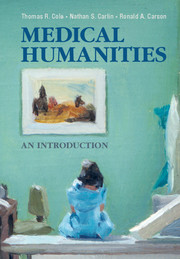Book contents
4 - Technology and Medicine
from Part I - History and Medicine
Summary
Man has, as it were, become a kind of prosthetic God. When he puts on all his auxiliary organs he is truly magnificent; but those organs have not grown on to him and they still give him much trouble at times. . . . Future ages will bring with them new and probably unimaginably great advances . . . and will increase man’s likeness to God still more. But . . . we will not forget that present-day man does not feel happy in his Godlike character.
– Sigmund FreudAbstract
This chapter explores the history of medical technology. Beginning with a discussion of the ancient and medieval distinction between medicine and surgery, it examines how, before the eighteenth century, doctors primarily obtained information from observation and from patients’ narrative accounts of illness; how, by the nineteenth century, these accounts came to be supplemented by the invention of such new technologies as the stethoscope; and how the proliferation of medical technology in the twentieth century led to both great advances and serious ethical, political, and economic questions. Then, with a focus on contemporary molecular biology, genetics, and biotechnology, it considers some of the promises and challenges of medical technology in the twenty-first century.
- Type
- Chapter
- Information
- Medical Humanities , pp. 74 - 88Publisher: Cambridge University PressPrint publication year: 2014



